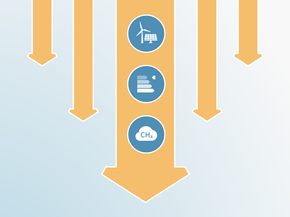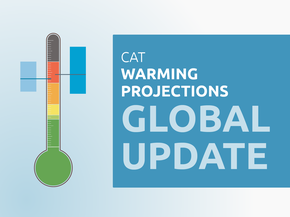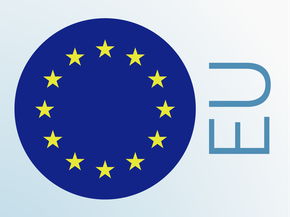Assumptions
Global Warming Potentials
The CAT uses Global Warming Potential (GWP) values from the IPCC’s Fourth Assessment Report (AR4) for all figures and time series. Assessments completed prior to December 2018 (COP24) used GWP values from the IPCC’s Second Assessment Report (SAR).
Historical emissions
Historical emissions from the Second National Communication (Royal Government of Bhutan, 2011) are available for 1994, 2000 and 2009. We assumed linear interpolation for the missing years between 1994 and 2000. We have filled gaps in the data series up to 2009 using growth rates from EIA (CO2 emissions from fuel combustions) (Energy Information Administration, 2017) and US-EPA (non-CO2 emissions) (US Environmental Protection Agency, 2012).
Current policy projections
Due to limited data availability the CAT at present does not have a current policy scenario for Bhutan. Instead as an approximation we continue to include a reference scenario which is based on the ADB report (ADB, 2013b). We have applied the growth rates from the ADB “reference” scenario to the historical emissions up to 2030.
Additional policy projections
Additional policy projections are based Bhutan’s“Energy Efficiency Roadmap (Draft Report)” by the Department of Renewable Energy (Department of Renewable Energy, 2018). The report contains policies for energy efficiency improvements in the buildings, appliances and industry sectors. The resulting emissions reductions are presented as a reduction from baseline emissions for each sector. This reduction from the baseline emissions in 2030 forms the basis for our current policy projection calculations. The reduction from the baseline is converted to a percentage reduction in each year from 2016 – 2030 which is then applied to our BAU scenario.
Further analysis
Latest publications
Stay informed
Subscribe to our newsletter




